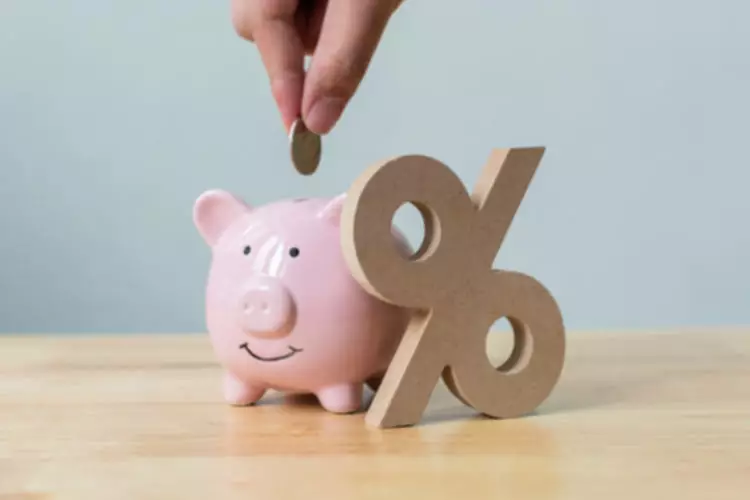Content

In many cases, however, the increase in variable costs will be less than the increase in production output. Such externalities are a result of firms externalizing their costs onto a third party in order to reduce their own total cost. As a result of externalizing such costs, we see that members of society who are not included in the firm will be negatively affected by such behavior of the firm.
This generates either the same profit level or a spike in profit if they raise prices higher than the inflation rate increases. Marginal cost pricing is an ad-hoc strategy to accept orders below the typical selling price per unit. It’s used when a business has excess capacity in manufacturing or another justification. In this case, the variable cost or variable cost plus a small profit may be used to sell extra units that could be produced to a different customer desiring to pay less than the full price of a product. Fixed costs do not change if you increase or decrease production levels. So, you can spread the fixed costs across more units when you increase production (and we’ll get to that later).
Short run costs and revenues – finding profit maximisation
After this, however, any increase in the production volume tends to increase variable costs at a lower rate. Marginal cost is calculated by dividing the increase in production costs by the increase in unit output. Much of the time, private and social costs do not diverge from one another, but at times social costs may be either greater or less than private costs. When the marginal social cost of production is greater than that of the private cost function, there is a negative externality of production. Productive processes that result in pollution or other environmental waste are textbook examples of production that creates negative externalities. If the hat factory was unable to handle any more units of production on the current machinery, the cost of adding an additional machine would need to be included in marginal cost.
In this simple example, the total cost per hat would be $2.75 ($2 fixed cost per unit + $0.75 variable costs). Marginal cost is also essential in knowing when it is no longer profitable to manufacture additional goods. When marginal cost exceeds marginal revenue, it is no longer financially profitable for a company to make that additional unit as the cost for that single quantity exceeds the revenue it will collect from it. Using this information, a company can decide whether it is worth investing in additional capital assets. The MC of producing an additional unit of heating systems at each level of production has to take into account a sudden increase in theraw materials. If the firm has to change its suppliers, the MC may increase due to longer distances and higher prices of raw materials.
How is the marginal cost calculated?
In https://www.bookstime.com/, as production increases, fixed expenses in overhead are absorbed over more units of output, providing economies of scale and resulting in a lower average fixed cost per unit. Marginal cost depends on whether investments for production expansion with fixed additional costs are needed, in addition to changes in variable costs. In economics, the marginal cost is the change in total production cost that comes from making or producing one additional unit. To calculate marginal cost, divide the change in production costs by the change in quantity. The purpose of analyzing marginal cost is to determine at what point an organization can achieve economies of scale to optimize production and overall operations.
What is the best definition of marginal cost ?’?
What Is Marginal Cost? In economics, the marginal cost is the change in total production cost that comes from making or producing one additional unit. To calculate marginal cost, divide the change in production costs by the change in quantity.
Thus, the how to calculate marginal cost cost of producing the second bottle of juice is $13. In this example, adding new staff and machines involves variable costs. It eventually adds to the total cost of production, contributing to Maria’s marginal cost. The cost of the plant, on the other hand, remains fixed without affecting the overall manufacturing cost. We hope this has been a helpful guide to the marginal cost formula and how to calculate the incremental cost of producing more goods. For more learning, CFI offers a wide range of courses on financial analysis, as well asaccounting, and financial modeling, which includes examples of the marginal cost equation in action.
Tags: